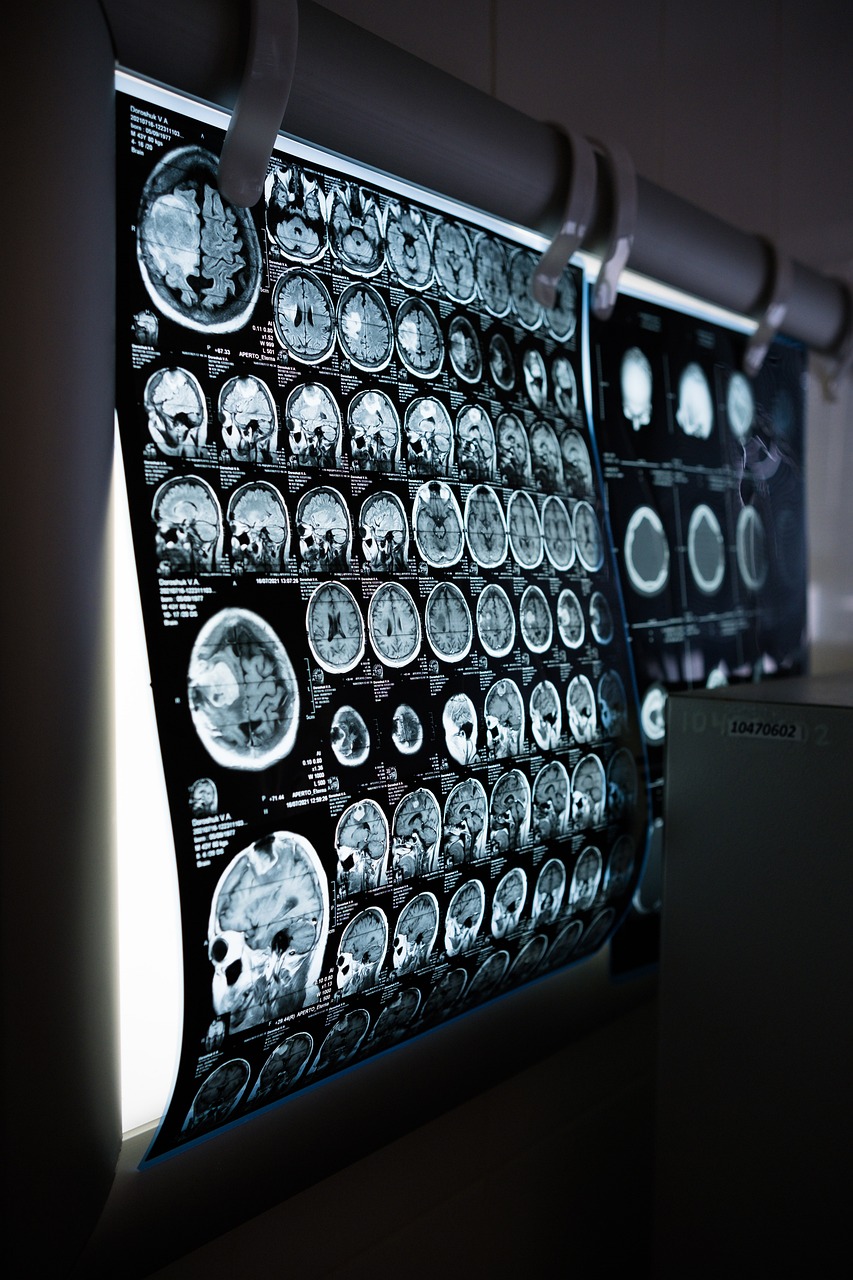Digital Tools Revolutionizing Dementia Diagnosis
Dementia, a progressive cognitive decline affecting millions globally, presents a pressing healthcare challenge. Early detection is paramount for timely intervention and improved outcomes. This article delves into groundbreaking advancements in diagnostic tools that are shaping the early detection landscape for dementia.
 Advances in Diagnostic Tools
Advances in Diagnostic Tools
A pivotal stride in diagnostic tools involves the integration of emerging technologies. Artificial intelligence (AI), with its capacity to analyze vast datasets, is a game-changer. Machine learning algorithms sift through medical records, imaging data, and genetic information to predict the likelihood of dementia development.
Artificial Intelligence in Diagnostics
Artificial intelligence significantly enhances diagnostic accuracy and efficiency. AI algorithms analyze medical imaging data, detecting structural and functional brain changes linked to dementia. Decision support systems, powered by AI, aid healthcare professionals in interpreting symptoms, laboratory results, and genetic markers, thereby improving diagnostic precision.
Wearable Devices and Remote Monitoring
Wearable devices and remote monitoring offer promising avenues for continuous dementia monitoring. These devices, from smartwatches to specialized sensors, provide real-time data on physical and cognitive functions. By detecting subtle changes, they offer early alerts to healthcare professionals, enabling timely intervention.
Genetic and Molecular Markers
Genetic research identifies specific markers associated with an increased dementia risk. Genetic testing and clinical assessments facilitate early detection and personalized treatment planning. Advancements in genetic testing contribute significantly to early dementia detection. Certain genetic mutations correlate with an elevated dementia risk.
Analyzing an individual’s genetic profile enables healthcare professionals to identify those at higher risk, facilitating preventive measures and early interventions. In the process, molecular markers, like proteins in cerebrospinal fluid, are explored for their potential role in tracking disease progression.
Cognitive Assessments and Neuropsychological Tests
The use of cognitive assessments and neuropsychological tests offers another avenue for early diagnosis. These evaluations gauge diverse cognitive functions, such as memory, attention, language, and executive function. By scrutinizing individual performance, healthcare professionals can pinpoint subtle cognitive impairments, serving as early indicators of dementia. Additionally, these assessments aid in distinguishing between different dementia types, like Alzheimer’s disease and vascular dementia.
Improved Imaging Techniques
In the quest for early detection, neuroimaging techniques like Magnetic Resonance Imaging (MRI) and Positron Emission Tomography (PET) have emerged as crucial allies. These methods allow for a detailed examination of the brain, unveiling structural and functional anomalies indicative of dementia. By scrutinizing brain activity patterns and identifying biomarkers, neuroimaging provides invaluable insights into the initial stages of dementia.
 Advancements in imaging techniques undoubtedly redefine dementia diagnosis. PET scans, coupled with amyloid imaging agents, detect abnormal protein accumulation, a hallmark of Alzheimer’s disease. MRI advancements enable visualization of structural brain changes and functional connectivity, offering insights into cognitive functioning and early impairment signs.
Advancements in imaging techniques undoubtedly redefine dementia diagnosis. PET scans, coupled with amyloid imaging agents, detect abnormal protein accumulation, a hallmark of Alzheimer’s disease. MRI advancements enable visualization of structural brain changes and functional connectivity, offering insights into cognitive functioning and early impairment signs.
Novel Biomarkers and Fluid-Based Tests
Continuous exploration of novel biomarkers includes analyzing cerebrospinal fluid through lumbar punctures. This approach detects biomarkers like tau protein and amyloid-beta, providing insights into the presence and progression of dementia stages. On the other hand, blood-based biomarkers, which investigate specific proteins or genetic markers, offer a non-invasive method for widespread screening and early intervention.
Digital Health Technologies: A New Frontier
The surge in digital health technologies introduces innovative possibilities for early dementia detection. Mobile apps and wearable devices collect comprehensive data on daily activities, including sleep patterns, physical activity, and social interactions. Analyzing this data enables healthcare professionals to discern subtle changes indicating cognitive decline, prompting further evaluation.
The Impact of Early Detection
Early detection allows for timely intervention and empowers individuals and families to plan for the future. Informed decisions about long-term care, financial planning, and legal matters become possible. Furthermore, early diagnosis opens avenues for participation in clinical trials and research, contributing to developing novel treatments and interventions.
Areas for Further Research and Development
Despite promising advancements, further research and development are essential. Longitudinal studies with diverse populations will validate tool effectiveness across settings. Standardizing diagnostic criteria ensures consistency, fostering collaboration among researchers, clinicians, and technology developers, and driving innovation for clinical practice.
Charting the Future: Promising Horizons in Dementia Diagnostics
The field of dementia diagnostics undergoes a profound transformation, thanks to emerging technologies, AI, improved imaging, and novel biomarkers. These diagnostic tools facilitate early detection, personalized treatment planning, and proactive interventions, enhancing the lives of those affected and their caregivers. Ongoing research holds the promise of refining accuracy and accessibility in early dementia detection, offering better outcomes for those grappling with this challenging condition.









